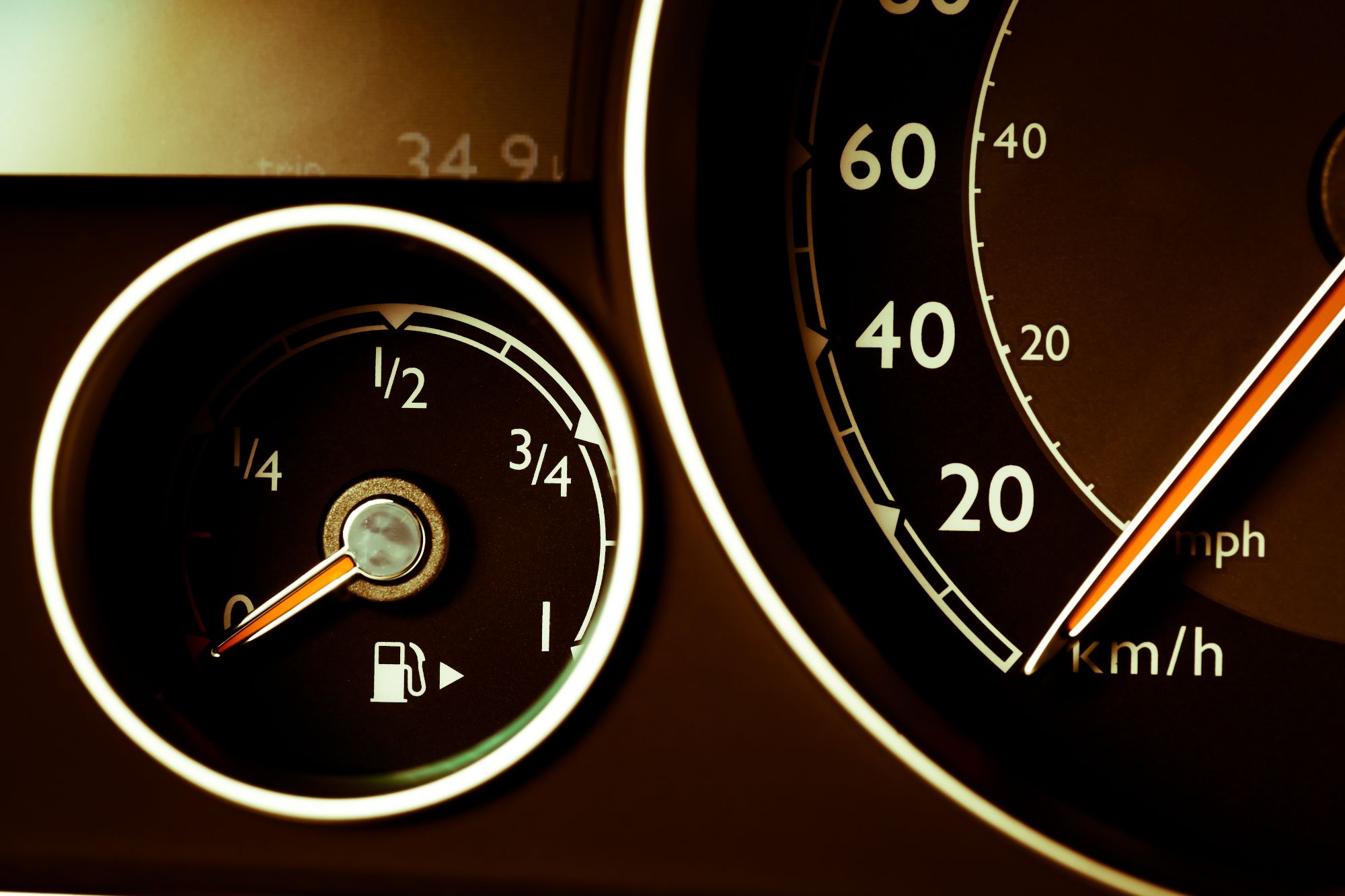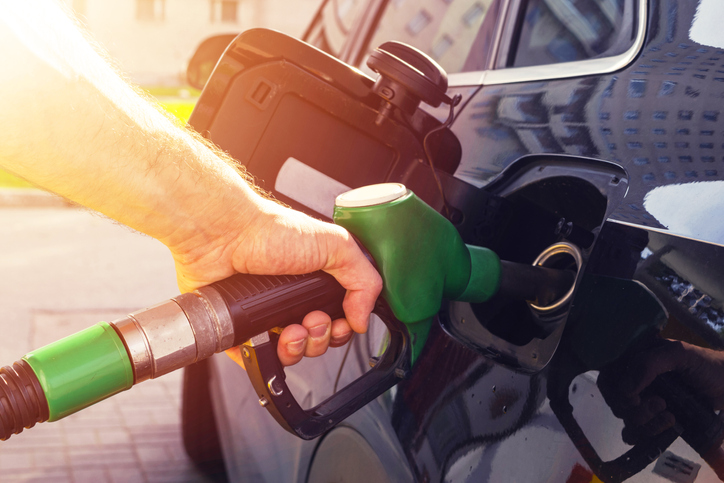“Don’t worry, I know my car,” you calmly express as your friend indicates that your fuel gauge is empty and the warning light is indicating a bleak future. A few more kilometers down the road and your car begins sputtering before dying, leaving you both stranded by the road.
Essentially, there are two types of people when it comes to filling up their car’s fuel tank; those that get range anxiety the moment the gauge drops below half and those that drive with the fuel warning light blinking like the end of the world was around the corner, not the nearest petrol station.
For those that fall in the latter category, not only is this bad for your passengers’ anxiety but it’s also damaging to your car and could lead to a large repair bill down the road.
Let’s take a look at some of the reasons you might want to repent your ways and not drive until the last drop of fuel anymore.

1. Wearing Out The Fuel Pump
The purpose of the fuel pump is, as the name suggests, to pump fuel towards the engine. However, you should be aware that the fuel in the tank also functions as a lubricant and cooling agent for the pump as it flows around it.
When you continuously drive until the fuel level in the tank is low before refueling, the pump doesn’t get enough lubrication and cooling. This will lead to extra wear and overheating of the pump, causing premature fuel pump failure and a hefty replacement bill.
Read More: Want to Save Fuel? Here Are the Most Fuel-Efficient Cars in Malaysia
2. Kicking Up Deposits & Sludge From The Bottom
Fuel contains plenty of chemicals and additives within, which means contaminants and sludge will make their way into the tank. Over time, these deposits will settle at the bottom of the tank and turn into sludge.
If you constantly run with the fuel tank empty, it’s likely the pump will suck up fuel from the bottom of the tank together with the sludge. While the fuel filter will trap most of the sludge, some will make their way to the engine and clog your injectors.
This means poor fuel economy and an engine that runs rough. Eventually, it may even cause more serious issues that require expensive repairs.
3. Air In The System
It’s called a fuel pump for a reason and not an air pump. If there isn’t sufficient fuel in the tank, the pump will end up pumping air into the system. If air enters the fuel system, the worst case scenario would be catastrophic damage to the engine as the fuel injectors inject less fuel into the cylinder, causing detonation.
Read More: Do Engine Oil Treatment & Fuel Additives Really Work?

4. Danger Of Stalling At Any Moment
This one is more of a danger to you than your car’s mechanicals itself. By running the tank on empty, you risk stalling on the road and becoming and instant hazard to other motorists. Imagine if you stalled going uphill with fast-moving vehicles coming up behind you? You might not have enough momentum to make it to the emergency lane.
Furthermore, a stalled vehicle means the brakes and power steering also lose all their assistance, making it even more difficult to steer or stop the vehicle from rolling back, which could lead to an accident.
Read More: How To Know If Your Brakes Are Failing? Here Are 8 Signs To Look Out For
What Is The Best Practice For Refueling?
Most experts agree it’s safe practice to refuel when the gauge hits the quarter mark. Not only will this prevent damage to the fuel system, it means in the event of an emergency, you’ll always have a decent amount of fuel in the car to drive with.
In the event that you’re running low on fuel and you can’t find a petrol station, it’s best to have some knowledge of your car’s reserve fuel levels to better estimate how much further you can drive.
Different vehicles have different configurations for their fuel tank and gauge but in general, the warning light will come on when there’s anywhere between 7 to 11 liters of fuel left in the tank.
This is also highly dependent on the type of vehicle. Smaller econoboxes will have smaller tanks, so the reserve levels should be lower. A gargantuan SUV with a larger tank might have the light come on with about 15 liters of fuel left.
Another factor to consider and understand is your car’s mileage. If you drive a thirsty car, you’re definitely not driving another 70 kilometers but maybe eke out another 50 kilometers with some luck.
Again, it’s also dependent on your driving style, which part of the city you’re in, and your car’s fuel consumption in general.
Most modern cars also have a display with the estimated distance in regard to the amount of fuel left. While these displays are pretty accurate, they’re still estimates and shouldn’t be taken at face value.
